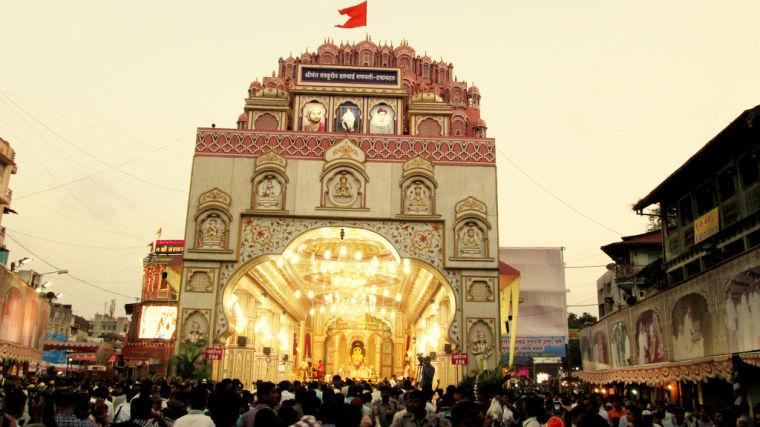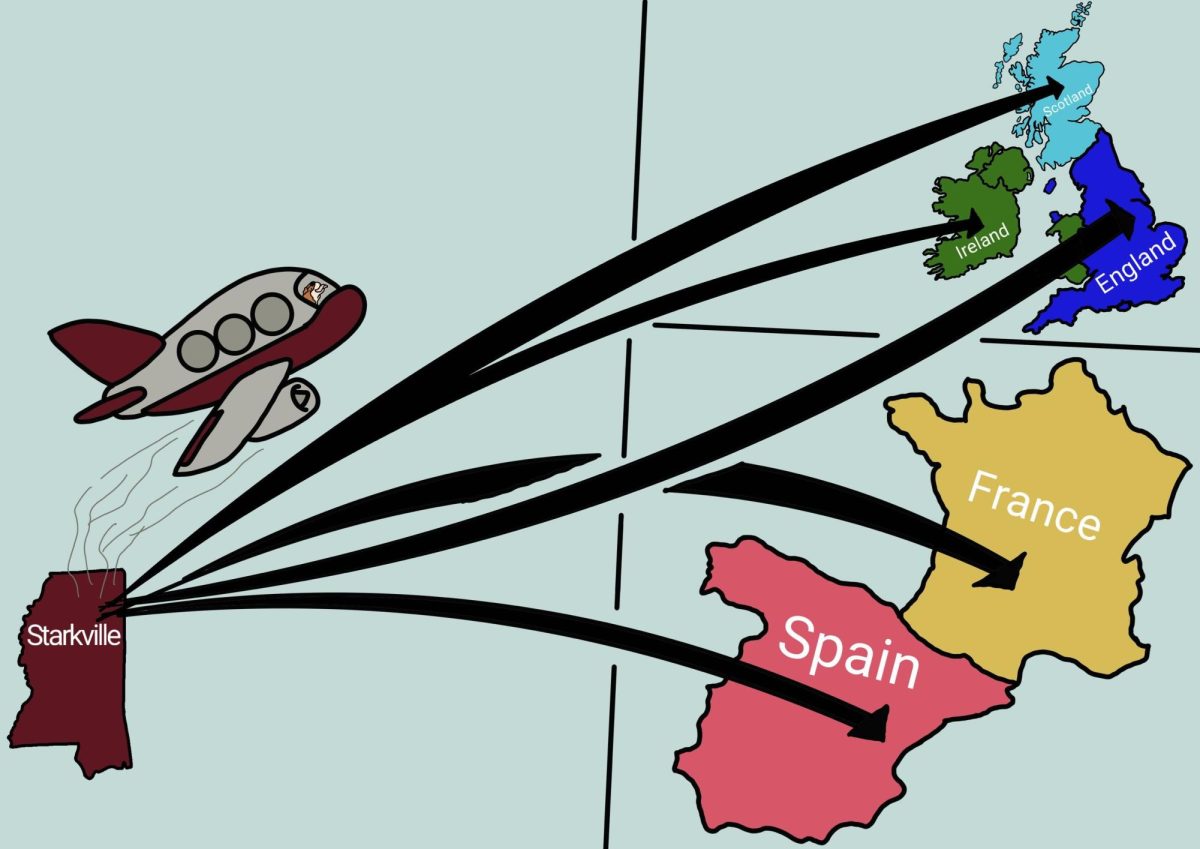While the United States transitions into fall, India resonates with three words in this season: ‘Ganpati Bappa Morya,’ which means Hail the lord Ganpati!
The annual Ganpati festival, usually held in late August or September, begins with resounding drum beats and cymbals playing the festival’s signature tune.
Hindus worship the god Ganpati, the God of wisdom, prosperity and good fortune, who Hindus invoke at the start of any new venture.
Hindus all over the world celebrate this 10-day festival, which begins on Chaturthi (the first day of the festival) when patrons bring home a clay idol of Ganpati. The idols come in various sizes and shapes, from several inches tall to more than 100 feet tall.
Priests chant holy mantras to invoke the presence of Ganesha using the clay statue as a channel, or body for energy. This ritual is known as the Pranapratishthapana.
The Ganpati festival’s beginnings in India are unknown, but historians believe it dates back to several thousand years ago.
Originally limited to single households, the Ganpati festival was not a public affair until 1893 A.D., when Bal Gangadhar Tilak, a freedom fighter from Pune (a city an hour away from Mumbai in British-colonized India) thought this festival could be used to destabilize the British and spread the message of “Swarajya” (self-rule).
As much as Gandhi’s non-violence has helped India achieve independence, one must not discredit the contribution of thousands of other Indian leaders at that time. Bal Gangadhar Tilak was one such leader.
Tilak initiated these public gatherings under the guise of celebrating Ganpati festival and spread his message of dependence among the youth. He is often credited as the father of Indian unrest against the British colonial authorities.
Public celebrations of this festival are hugely popular. Two local groups, or “mandals,” often compete with each other to put up the biggest idol.
This festival also draws socially-conscious activities, such as free medical checkups and blood donation camps.
Rituals and traditional food fill the Indian festival as close family and relatives gather to celebrate these 10 days of euphoria. Most Indians have a sweet tooth, and meat is wholly avoided during the 10 days the clay idol is at home.
Ganpati festival food includes “Puran Poli,” an Indian bread stuffed with jaggery. “Motichur laddoo,” which come in a variety of sizes, are offered to the lord as Prasad (sacred offering).
The most important meal, though, is of “modaks,” a sweet dumpling with a soft shell made of rice flour and stuffed with grated coconut and sweet jaggery. When steamed, the dumplings become “ukdiche modak,”which taste best eaten hot with ghee.
It is believed that lord Ganpati loved these.
Today, the Ganesh Festival is not only a popular festival, but also an economic hub in India. Many industries and businesses survive on the annual event. In India, not only Hindus, but many other religions, like Muslims, Jains and Christians, also participate in the celebration.
On the tenth day, the idols are a part of a huge procession consisting of loud music, drums and dancing. The people involved in these processions cover each other with colored powder. If you hate loud noise and pandemonium, this is one day you will want to avoid traveling to India. The colorful procession culminates when the idols are immersed into lakes, rivers or the sea.
Millions of dollars are generated in these 10 days, with devotees donating generously to the mandals.
While fall is beloved in America, if you plan on visiting India, you may consider skipping a few days of autumn in the U.S., as this is one Indian festival you don’t want to miss.


























































































